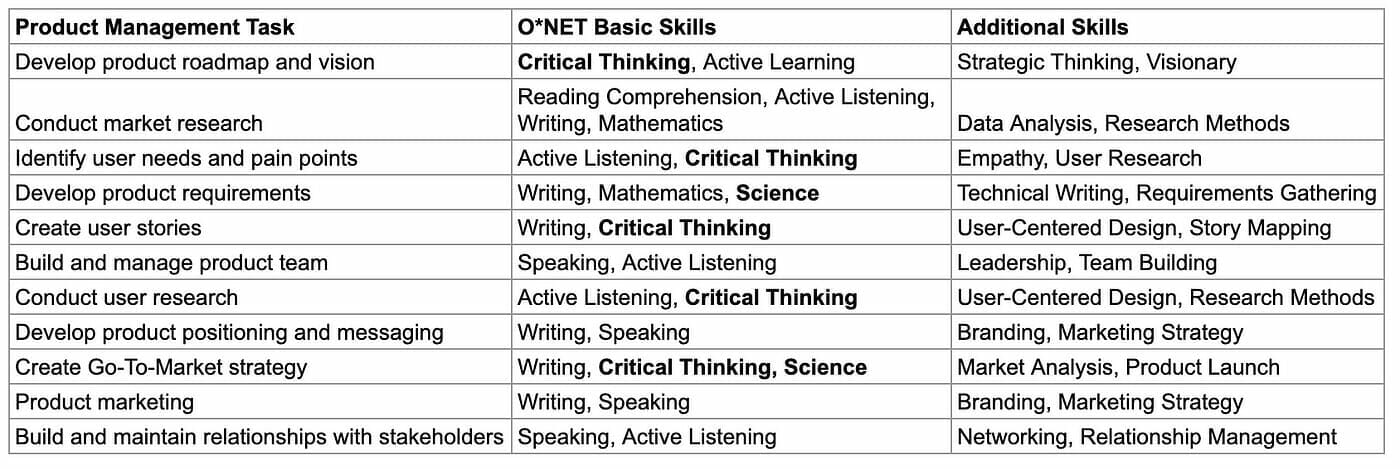Our world is in constant fast-paced change, which has only been accelerated through technical innovation. As a result, our teams not only need motivation and creativity to move forward, but also resilience and adaptability. While product managers do not lead by authority, we oftentimes still play a crucial part in keeping a team motivated. And especially product leaders need to be able to create an environment which allows its team members to feel empowered, supported and capable of overcoming obstacles with resilience.
Here are six essential rules for product leaders to establish a safe environment and foster resilience within their teams.
(Image: Pixabay on pexels.com)
Creativity and innovation need emotional safety to breathe. Only then can team members feel safe to take risks, express their opinions, voice authentic ideas and challenge the status quo without fear of judgement or retribution.
To cultivate psychological safety within your team, start by leading with vulnerability. Acknowledging your own mistakes and allowing for your opinion to be changed during discussions, encourages others to do the same and ensures them that there won’t be any retributions, if they voice an opinion which differs from yours. Even if a reasonable experiment fails, make sure to highlight the learning of it and celebrate the willingness to take risks and learn from mistakes.
Additionally, openly communicate with your team about successes and setbacks and make sure to listen to each team member’s concerns and ideas and ask meaningful follow up questions, ensuring that everyone feels heard and seen. Lastly, establish norms for regular, constructive feedback and ensure that all team members feel valued and heard.
Example: Encourage team members to share their ideas and perspectives during team meetings. Discuss ideas openly and do not meet them with immediate criticism and shaming. Even if someone’s idea doesn’t pan out, make sure to acknowledge their effort, emphasising the importance of experimentation and learning from failure. Don’t play the blame game, discuss the learnings and move on.
A clear vision creates alignment, but also safety, as everyone knows where the ship is headed and has clear guidelines on how to assess whether their efforts can be useful to this vision or not. As such, clarity is key to building resilience within your team to ensure that your team members don't feel lost or uncertain, when they plan their own actions. Serve as the guiding light of your team and clearly define goals and expectations.
Make sure to break down your long-term vision into actionable tasks and measurable milestones and create certainty around every member’s role in achieving them. Reiterate your vision and milestones regularly to create a culture of constant alignment, no one should have to play a guessing game in order to grasp the product’s vision. Communicating them regularly also ensures that you don’t miss out on clarifying any changes or addressing important challenges. By providing a clear roadmap to success you provide your team with a clear orientation point and empower them to assess initiatives within a clearly set frame.
Example: You want to increase user engagement by 15% within three months. In order to achieve this, you discuss specific initiatives with your team, establish SMART (specific, measurable, achievable, relevant, time-bound) goals, break them down into smaller tasks and assign responsibilities based on everyone’s individual strengths. You clarify any questions the team might have and regularly discuss challenges. Additionally, you continuously check in with the team about the specific metrics you created in order to track progress.
(Image: Pixabay on pexels.com)
Considering the world’s constant change and incredibly fast technological advancement, continuous learning and growth build the foundation of innovation. As such, you need to establish a culture of curiosity, experimentation and knowledge sharing within your team. Don’t just expect your team to educate themselves in their spare time, provide them with concrete opportunities for skill development. You could offer formal training programs, workshops, or mentorship opportunities to ensure that team members can dedicate time to developing their own minds. Encourage your team members to seek out new challenges and expand their horizon beyond their comfort zones.
Establishing a great culture around failures also offers you opportunities to frame them as growth and learning opportunities. Only if your team members know they can afford to fail, will they seek out the more daunting and risky challenges, which might actively end up moving you ahead of your competition. This way, you ensure that your team is equipped with all the skills they need to embrace change and overcome the obstacles that are in their way.
Example: Plan regular short knowledge-sharing sessions, which allows each team member to take turns in presenting their unique insights into product management, industry trends or new technologies. For example, this could be a monthly “Growth Coffee” series featuring a 15-minute presentation followed by a short Q&A section. Make sure to actively plan this into the workload to make sure that you’re not actively stressing out your team even more by planning such an activity. Additionally, you can set aside some time for each team member to attend workshops, webinars or conferences, which are relevant to their professional development.
If you want to be a great leader, you have to look beyond mere results and spend time focusing on the human behind the performance review. By supporting your team members, you enable each of them to live up to their highest potential. In order to empower them on their unique growth journey, you have to recognize their individual strengths, weaknesses and emotions. To make sure that your team members feel heard and seen, set aside time to learn more about them, their motivation and how you can support them.
A great feedback culture is also part of this. Praise their successes in public, provide encouragement during difficult times and always provide constructive criticism in a completely private setting.
Example: Schedule regular one-on-one check-ins with your team members to discuss their needs, challenges and professional development goals and enable them to work towards resolving them and moving forward. Leading with empathy also means treating personal issues of your team members with respect and work towards alleviating their stress. After all, do you really want to lose a high-performer over two weeks of low-performance or absence due to a personal loss in their family? Most likely not. Support them, express empathy, find common ground and offer up a solution.
In order to tackle all the changes we encounter on a daily basis, we need to stay adaptable. As a product leader, it's crucial to foster a mindset of adaptability and flexibility within your team. To meet the change head-on, you have to be open to new ideas and feedback, even if they challenge your beliefs and the status quo. Encourage team members to embrace change rather than resist it and lead as an example of this conviction.
To prepare your team for these changes, discuss them with them and provide each team member with the resources needed to adapt to new technologies, methodologies and market trends. Encourage experimentation and iteration, empowering team members to explore new approaches and solutions to problems. Foster a growth mindset where failures are seen as opportunities for learning and improvement, instead of playing the blame game.
(Image: Egor Kamelev on pexels.com)
Trust is the foundation of effective teamwork and a collaborative environment can greatly increase the odds of success. Trust allows team members to rely on one another, work towards the same goal and communicate openly without fear. On the other hand, collaboration increases the pool of ideas and allows teams to develop a higher quality of ideas and strategies, which are necessary for tackling complex challenges.
Trust starts and ends with the team leadership. Only if you lead by example and demonstrate the values you wish to garner within your team, such as integrity, honesty, transparency and reliability, can you create a culture that reaches beyond the surface level. And trust and emotional safety can often come hand in hand, as team members will not trust someone who doesn’t provide the sense of stability and predictability needed in an emotionally safe environment.
On the other hand, it’s important to think outside the box to recognize opportunities for cross-functional collaboration and facilitate communication between different departments, allowing for an overall collaborative environment. By fostering trust and collaboration within your team, you create an environment where individuals feel valued, respected and empowered to work together towards a common purpose. This sense of camaraderie and collective purpose strengthens the team's resilience, enabling them to overcome challenges and achieve success together.
Creating resilience within your team requires intentional effort and a clear commitment from the product leader. If you work towards establishing a sense of psychological safety, setting clear goals and encouraging continuous learning, while practising empathetic leadership, you ensure your team’s resilience and adaptability in times of change. A resilient team will not only be more likely to bounce back from setbacks, but it will also grow stronger and even more adaptable.








Comments
Join the community
Sign up for free to share your thoughts